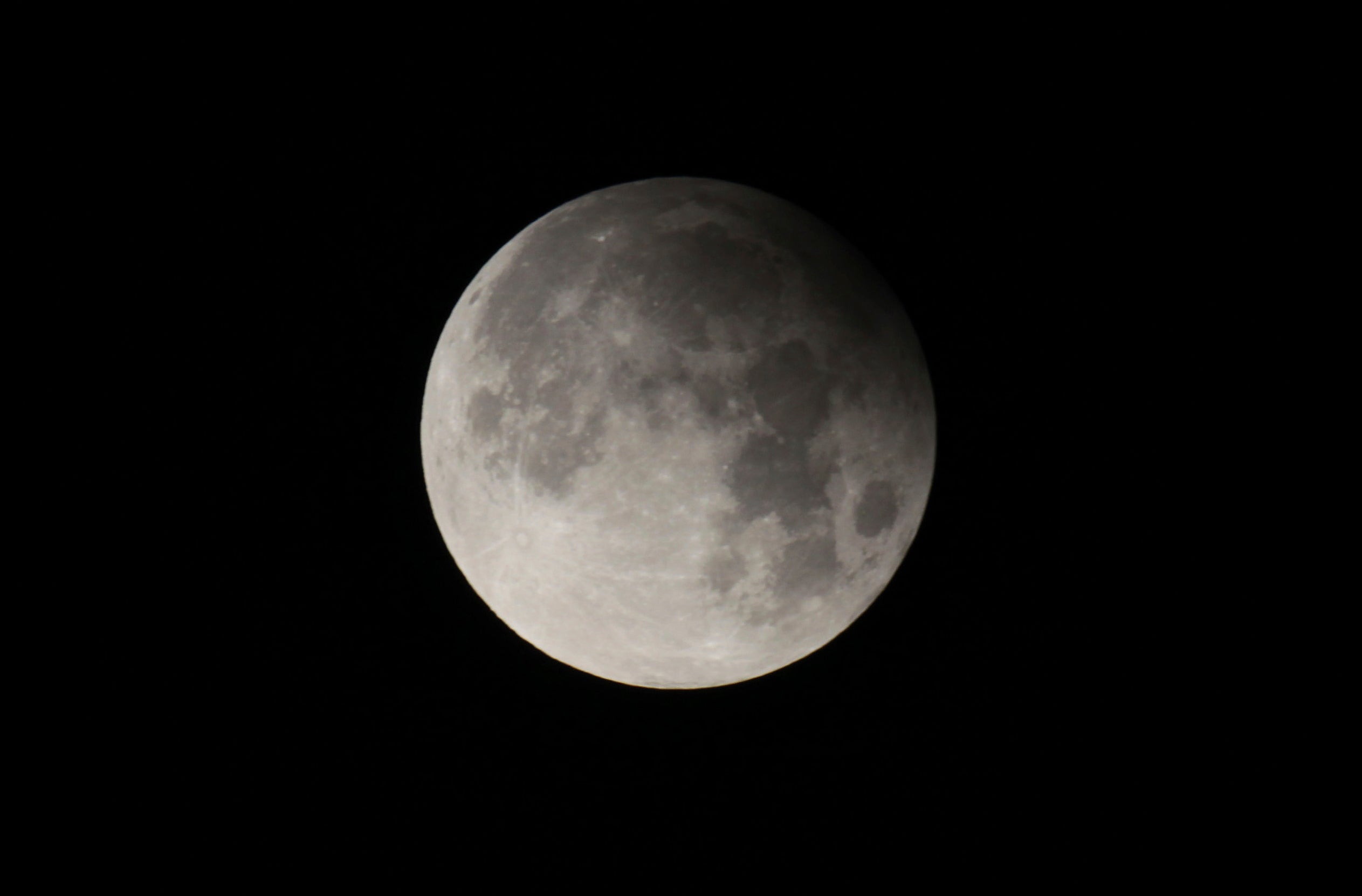1st lunar eclipse of 2023 dims full moon ever so slightly
The year's first lunar eclipse is underway, and the best viewing is in Asia and Australia

Your support helps us to tell the story
From reproductive rights to climate change to Big Tech, The Independent is on the ground when the story is developing. Whether it's investigating the financials of Elon Musk's pro-Trump PAC or producing our latest documentary, 'The A Word', which shines a light on the American women fighting for reproductive rights, we know how important it is to parse out the facts from the messaging.
At such a critical moment in US history, we need reporters on the ground. Your donation allows us to keep sending journalists to speak to both sides of the story.
The Independent is trusted by Americans across the entire political spectrum. And unlike many other quality news outlets, we choose not to lock Americans out of our reporting and analysis with paywalls. We believe quality journalism should be available to everyone, paid for by those who can afford it.
Your support makes all the difference.Stargazers in Asia and Australia had the best seats for the year's first lunar eclipse.
The four-hour eclipse got underway late Friday or early Saturday, depending on the location, as the moon slipped into the fringes of Earth's shadow.
In what’s known as a penumbral lunar eclipse, the full moon passed within the outer part of Earth’s shadow, causing the moon to dim only slightly. Such an eclipse isn't as dramatic as a partial lunar eclipse or a total lunar eclipse when the moon, Earth and sun are perfectly aligned.
The eclipse was visible from beginning to end, weather permitting, as far west as Saudi Arabia and Africa’s western coast, as far east as Japan and New Zealand’s South Island, and from the South Pole to Siberia. Almost all of Europe also got in on some of the action.
The Virtual Telescope Project planned to livestream the moon rising over the countryside in Tuscany, Italy.
“Even subtle astronomical events like this one make me excited and happy to share them,” astrophysicist Gianluca Masi, the project's founder, said in an email.
The next lunar eclipse in October will put on a better display.
The eastern portions of both Americas will get to see at least part of a partial lunar eclipse, when some but not all of the moon passes through the Earth’s dark, central shadow. Asia, Africa and Europe will be treated to the whole show.
A total lunar eclipse isn't on tap until 2025 with North America and the western half of South America in front-row seats.
___
The Associated Press Health and Science Department receives support from the Howard Hughes Medical Institute’s Science and Educational Media Group. The AP is solely responsible for all content.